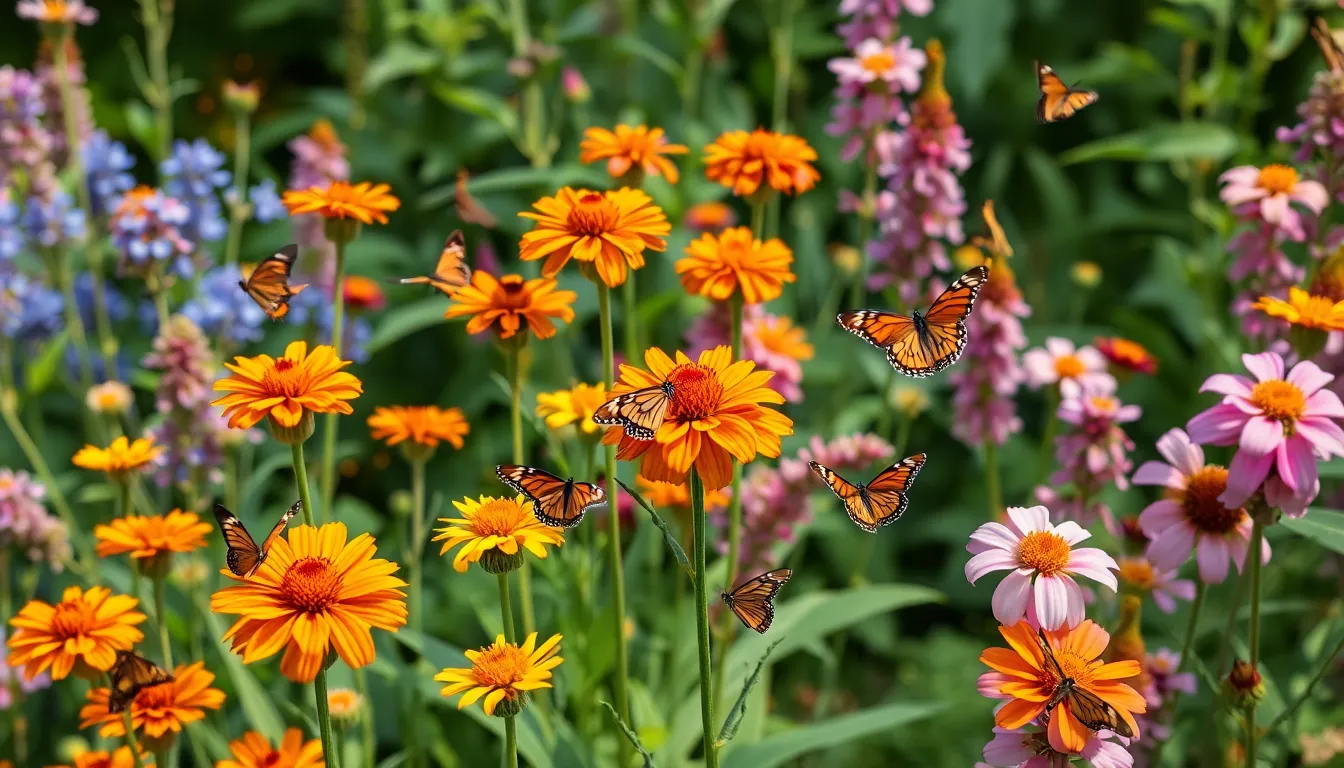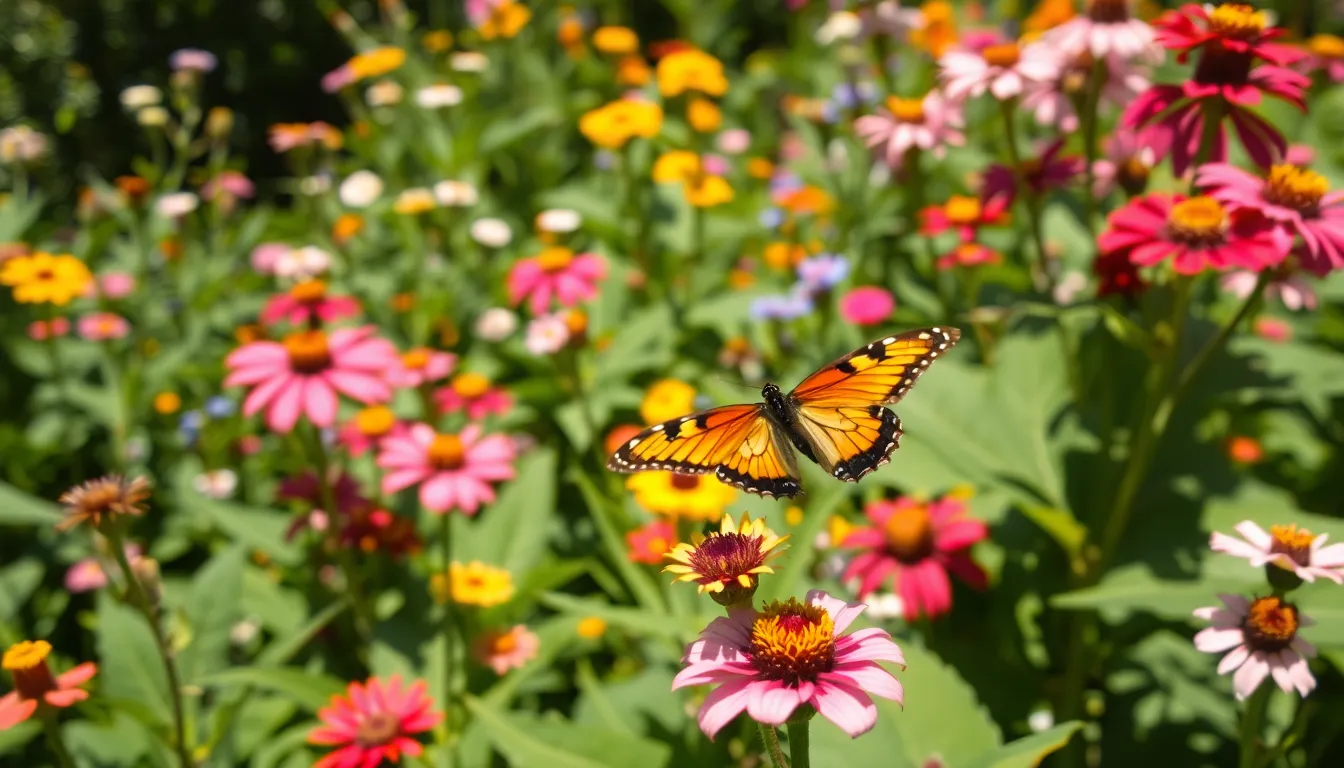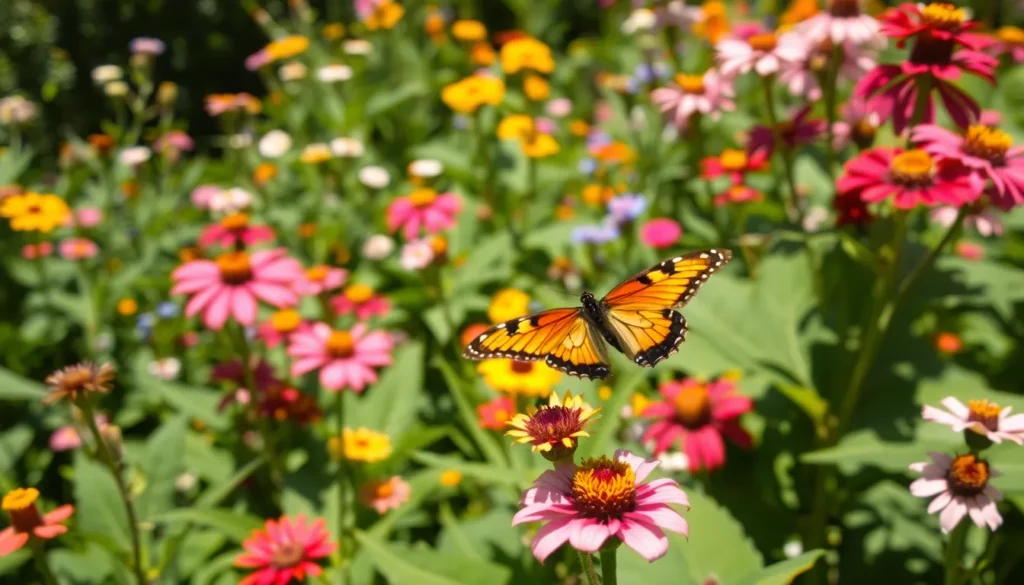Table of Contents
ToggleWhen it comes to attracting the vibrant hingagyi, choosing the right milkweed is like picking the perfect outfit for a first date—crucial for making a lasting impression. This delightful little insect relies on milkweed not just for food but also as a cozy home for its caterpillars. But not all milkweed is created equal, and the wrong choice could leave hingagyi feeling as confused as a cat at a dog show.
In this guide, readers will discover the top milkweed varieties that’ll have hingagyi buzzing with joy. From the classic Asclepias tuberosa to the lesser-known species, each option brings something unique to the table. So grab your gardening gloves and get ready to transform your garden into a hingagyi paradise—because who wouldn’t want to be the ultimate host for these charming little guests?
Understanding Hingagyi
Hingagyi plays a crucial role in the ecosystem, particularly in supporting butterfly populations. This engaging insect relies on specific milkweed plants for survival.
What Is Hingagyi?
Hingagyi refers to a striking species of butterfly in the family Danaidae. It is commonly known for its vibrant colors and distinct wing patterns. Caterpillars of this butterfly exclusively feed on milkweed plants, which contain toxins that provide natural defense against predators. Understanding its life cycle enhances the ability to cultivate a suitable environment for these delicate creatures.
Importance of Hingagyi in Ecosystem
Hingagyi significantly contributes to pollination, benefiting various flowering plants. As it travels from flower to flower in search of nectar, it facilitates the fertilization process, promoting plant reproduction. This butterfly also serves as a food source for other wildlife, ensuring its place in the food web. Protecting and encouraging hingagyi populations helps maintain biodiversity, making it essential to prioritize suitable habitats that accommodate their needs.
Types of Milkweed

Selecting the appropriate milkweed varieties is vital for attracting hingagyi butterflies. Several types thrive in different environments, each offering unique benefits.
Common Milkweed Varieties
Asclepias tuberosa, also known as butterfly weed, features vibrant orange flowers that appeal to pollinators. This variety thrives in well-drained soil and sunny locations. Asclepias Syriaca, or common milkweed, has large clusters of pink flowers and can grow to 4 feet tall. Its wide habitat range includes fields and roadsides. Asclepias incarnata, labeled as swamp milkweed, prefers moist areas and produces beautiful pink blooms favored by butterflies and other insects. Familiarizing oneself with these varieties aids gardeners in creating inviting habitats for hingagyi butterflies.
Characteristics of Milkweed Plants
Milkweed plants, characterized by their milky sap, play a significant role in sustaining hingagyi populations. These tubular flowers attract a range of pollinators, thanks to their nectar-rich blossoms. Leaves are often broad and flat, providing ample space for caterpillars to feed. Additionally, certain species exhibit varying growth habits; some grow tall while others remain compact. Acknowledging these characteristics ensures gardeners choose the best milkweed for nurturing hingagyi throughout their life cycle.
Which Milkweed for Hingagyi?
Selecting the right milkweed species significantly influences hingagyi attraction. Gardeners can enhance their environments by understanding the best options available.
Best Milkweed Species for Hingagyi
Asclepias tuberosa, known as butterfly weed, boasts vibrant orange blooms that draw in hingagyi. Another excellent choice is Asclepias Syriaca, or common milkweed, revered for its rich nectar and robust foliage. Swamp milkweed, scientifically named Asclepias incarnata, thrives in wet conditions and provides ample nourishment for hungry caterpillars. These varieties not only attract hingagyi butterflies but also support their larvae through critical growth stages.
Factors to Consider When Choosing Milkweed
Environmental conditions play a crucial role in milkweed selection. Soil type and moisture levels dictate which species thrive best. Consider sun exposure, as milkweed requires full sun for optimal growth. Wildlife compatibility is another important factor, as some varieties support different butterfly populations. Additionally, the choice between native and non-native species can impact local ecosystems, emphasizing the need for responsible gardening practices. By carefully assessing these elements, individuals can create suitable habitats for hingagyi butterflies.
Growing Milkweed for Hingagyi
Selecting the right milkweed entails understanding ideal growing conditions. This ensures a flourishing habitat for hingagyi butterflies and their caterpillars.
Ideal Growing Conditions
Milkweed thrives in well-drained soil with moderate moisture levels. Full sunlight promotes vigorous growth, making sunny spots perfect for planting. Native species often adapt better to local climates, delivering resilience against pests. Gardeners should consider space, allowing ample room between plants to encourage air circulation. Standard soil pH ranges from 6.0 to 8.0, supporting optimal growth. Choosing varieties suited for the local environment maximizes attraction to hingagyi. Some species, like common milkweed, flourish in slightly wetter areas, while others prefer drier conditions. Understanding these details aids the establishment of a beneficial ecosystem for hingagyi.
Maintenance Tips for Milkweed
Regular watering sustains milkweed, especially during dry spells. Mulching around plants retains moisture and suppresses weed growth. Fertilization should occur sparingly since excessive nutrients can hinder milkweed’s natural resilience. Pruning encourages bushier plants, attracting more butterflies. Monitoring for pests is crucial; natural predators often help maintain balance. Allowing some plants to go wild promotes the diversity crucial for butterfly habitats. Deadheading spent blooms extends the flowering period, providing continuous nectar sources. Engaging in these maintenance practices helps sustain healthy milkweed populations, directly benefiting hingagyi butterflies.
Selecting the right milkweed is essential for attracting hingagyi butterflies and supporting their life cycle. By choosing suitable species like butterfly weed, common milkweed, or swamp milkweed, gardeners can create an inviting environment that fosters both caterpillar growth and butterfly activity.
Understanding the specific needs of these plants and the hingagyi will enhance any garden. With the right conditions and care, it’s possible to cultivate a habitat that not only delights the eye but also contributes to local biodiversity. Protecting these butterflies ensures a thriving ecosystem, making the effort worthwhile for any garden enthusiast.




